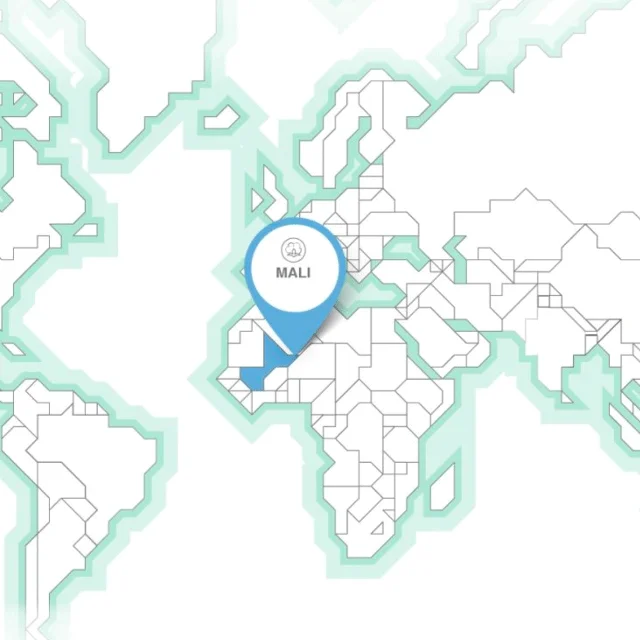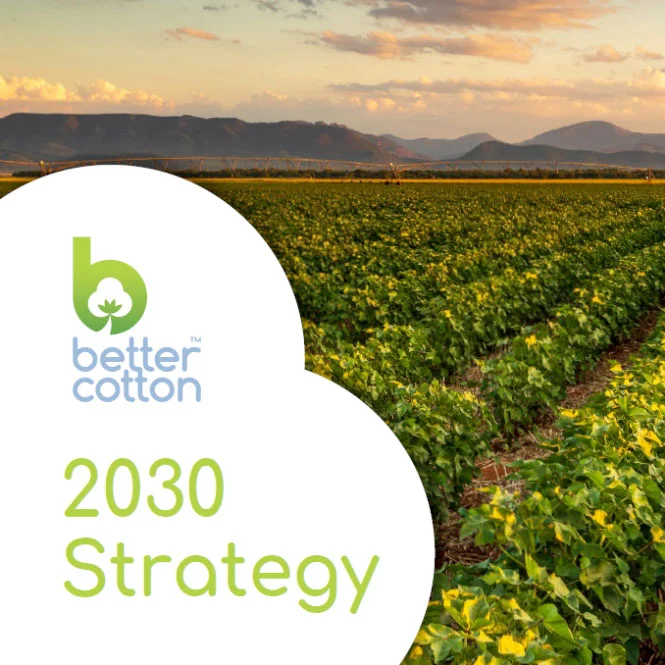
Better Cotton in Mali
Cotton is Mali’s main crop and its second-largest export after gold. It is a cornerstone of the country’s agricultural economy and employs around 40% of the rural population.
Cotton has grown in popularity among farmers since 1995, when the Malian government began actively promoting it as a cash crop. By 2003, Mali had become Africa’s largest cotton producer, and cotton is now often referred to as ‘white gold’ due to its economic significance and its role in sustaining rural livelihoods.
The Better Cotton programme in Mali was launched in 2010, after a pilot phase in 2009, with the Compagnie Malienne pour le Développement des Textiles (CMDT) as a Programme Partner. Subsequently, the Association des Producteurs de Coton d’Afrique (APROCA) and Solidaridad joined as local partners, playing a vital role in establishing the programme.
Better Cotton Partners in Mali
Our Programme Partner in Mali is the Compagnie Malienne pour le Developpement des Textiles (CMDT), a semi-public limited cotton company charged with the production and marketing of Mali’s cotton. CMDT is responsible for providing agricultural advice to cotton producers, marketing raw seed cotton harvested from the field with cottonseed and lint still attached, transporting and ginning this seed cotton to separate cotton lint from cottonseed and selling cotton fibre for export and to the Malian textile industries.
Mali is a Better Cotton Standard Country
Find out what this means
Which regions grow Better Cotton in Mali?
Better Cotton is predominantly grown in the southern and western regions of Mali.
When is Better Cotton grown in Mali?
Cotton is sown from May to July and harvested from October to December.
Sustainability challenges
Cotton farmers in Mali face climate challenges, with shorter growing seasons, irregular rainfall patterns, soil degradation and rising temperatures all posing threats to cotton yields. Farmers rely on rain to grow their crops, so extreme weather in the form of late and erratic rainfall causes real problems. Many farmers have to re-sow their cotton seeds several times for their seedlings to become established.
Child labour still persists in Malian culture, so CMDT is working hard to help farmers understand that it’s important to identify, prevent and address the issue of children working in the fields. CMDT is also working hard to promote women’s empowerment and decent work.
Find out more about the outcomes farmers are experiencing by participating in the Better Cotton programme in our latest Annual Report
My choice to become an agronomist was guided by a passion to help smallholder farmers in the cotton sector, especially women… Women have typically had no say in the sector, from the fields all the way up to the cooperatives, despite playing an important role in cotton production.
Get in touch
Contact our team via the contact form if you’d like to learn more, become a partner or you’re a farmer interested in farming Better Cotton.



